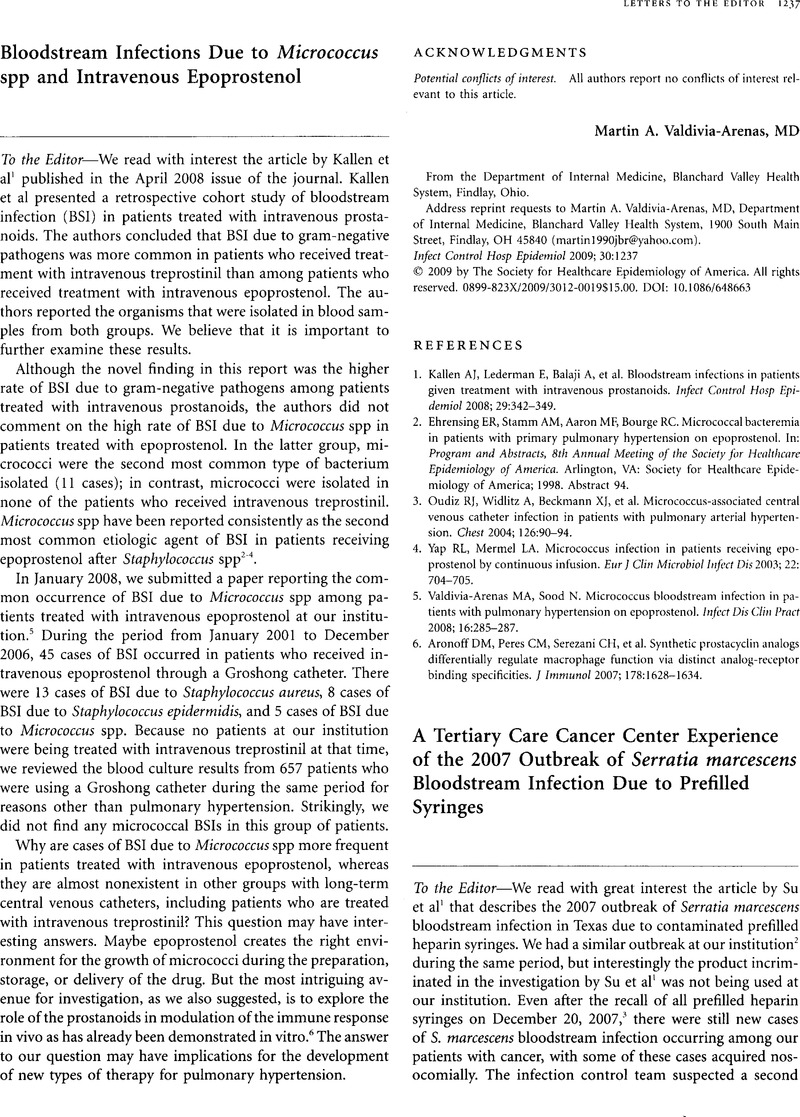Crossref Citations
This article has been cited by the following publications. This list is generated based on data provided by Crossref.
Dodson, Mark W.
Brown, Lynette M.
and
Elliott, Charles Gregory
2018.
Pulmonary Arterial Hypertension.
Heart Failure Clinics,
Vol. 14,
Issue. 3,
p.
255.
Kennedy, Katherine M.
Gerlach, Max J.
Adam, Thomas
Heimesaat, Markus M.
Rossi, Laura
Surette, Michael G.
Sloboda, Deborah M.
and
Braun, Thorsten
2021.
Fetal meconium does not have a detectable microbiota before birth.
Nature Microbiology,
Vol. 6,
Issue. 7,
p.
865.



